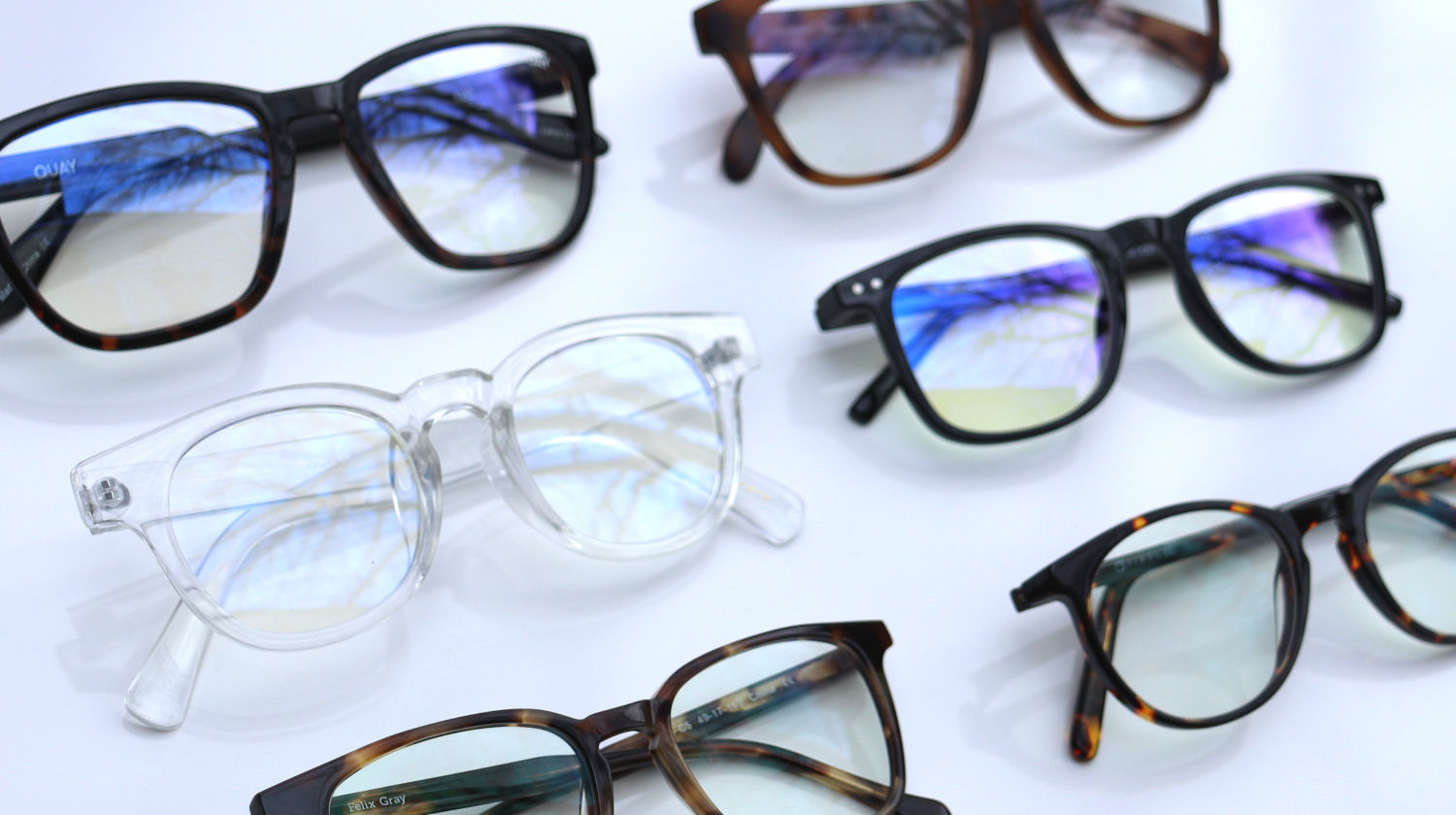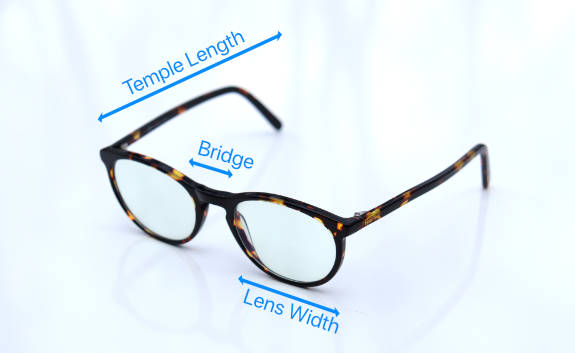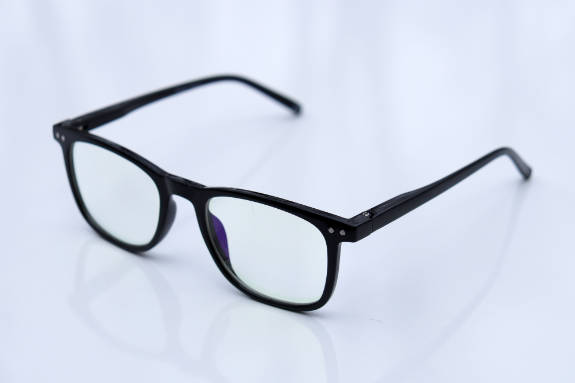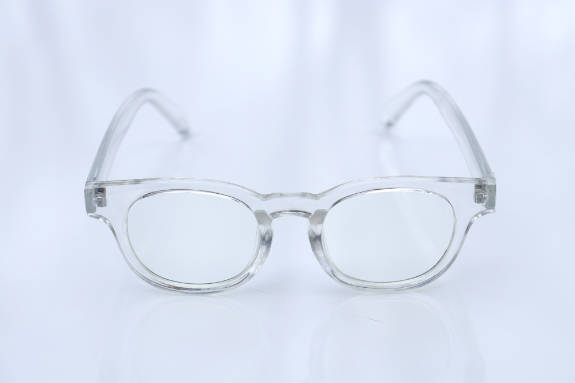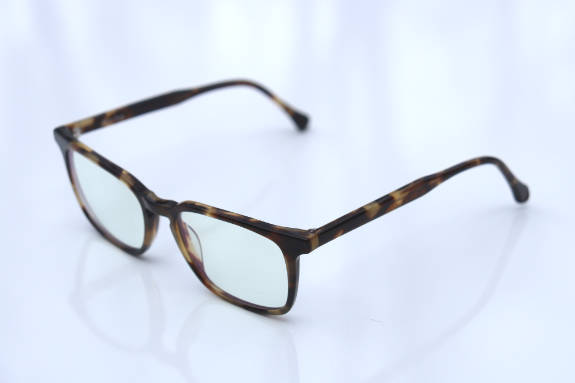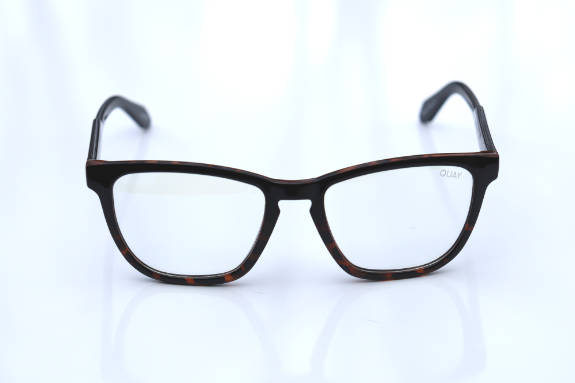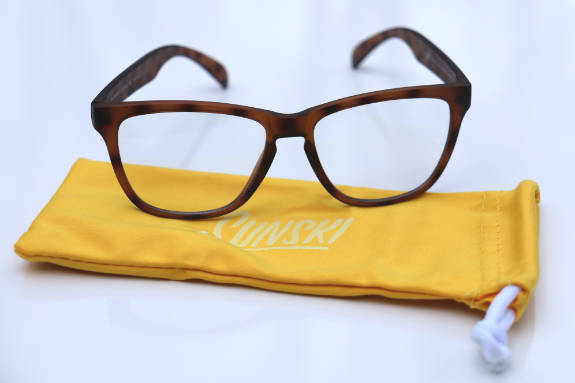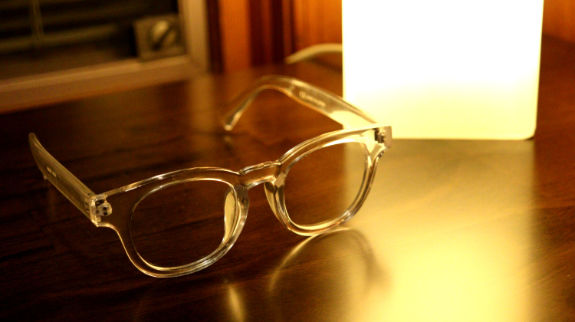UPDATE: Well, crap.
“This didn’t really come as a major surprise to us because there really is no mechanism whereby the blue light should be causing digital eye strain.” – Dr. Mark Rosenfield, professor at the College of Optometry at State University of New York
Now that many of us are Zooming a few times a week, the importance of taking care of your peepers is as important now as it was when we originally reviewed the Pixel Ventus blue-light glasses a year and a half ago. What was once a niche item has hit the mainstream, with Amazon, J.Crew, and a bunch of other brands and retailers offering selections.

The competitors
Why wear blue-light blocking glasses at all? Glad you asked! Our computer screens use high-energy blue light to produce the crisp white tones you see on your smartphone or computer screen. If not properly blocked, this type light can be damaging to your eyes long-term, and why take the risk? As a LASIK patient myself, I’m doing everything I can to protect that investment. (Editor’s Note: For what it’s worth, I’ve found that blue light glasses “work” for me too. I feel better wearing them, for long periods in front of the computer. Maybe it’s all hogwash, but my eyes feel less tense and I have less headaches when I wear mine.)
When it comes to blue-light glasses, there a number of things to take into account. Yes, this is a style site, but first and foremost, do they even block blue light well? Since the Amazon pair we got for testing included a blue light test kit, why not get a little scientifical? Style is secondary if the light blocking doesn’t do much – may as well just buy some blank frames at that point. Thankfully, all of these passed with flying (well-blocked?) colors. More on that later.
Next up is the dimensions. If you’re new to the glasses world (lucky you!), the dimensions help you find what size frame will fit your face, by giving you the lens width (width of the lenses themselves), bridge width (distance between the two lenses), and temple length (or arm length, from hinge to tip). So, a dimension line of 50-20-150 would mean the lens width is 50mm, the bridge width is 20mm, and the temple length is 150mm. You may need to try out a few pairs to get a good idea here. Sizes are listed below for those that include them.
AOSM HOTEYES 2-Pack Blue Light Glasses (Amazon) – $20
Dimensions: 51-20-140 (printed on frame)
Virtual Try-on: No
In The Box: Two frames, two microfiber cases, blue lens test kit
Pros: Super flexy frame, uber-cheap value, comfortable and lightweight
Cons: Visible shine on lenses, obvious yellow tint
First up is the “Honda Civic” of this comparison, giving you a reasonable entry-level product at a bargain price, and sometimes some nifty goodies. You actually get TWO pairs (one black, one tortoise) for that $20 price, two bags that double as screen cleaners, and the aforementioned blue-light testing kit. The dimensions for this one are printed on the frame, which allows you to compare your existing frames to others without having to look up literature. I was surprised to not find this on ALL of these pairs. My one deal breaker is that I work in web design (where color accuracy is key) and these add a distinct “yellow” tint. Great for easing eye strain, but I can’t do color-accurate work with these, so they’d be relegated to basic browsing or perhaps TV watching. There’s also quite a reflective shine to the outer coating of the lenses, which may not be your cup of tea.
J.Crew Clear Frame Glasses – $27.65 w/ SPRING ($39.50)
Dimensions: None
Virtual Try-on: No
In The Box: Frames, canvas case, cleaning cloth
Pros: Unique transparent frame, reasonable price
Cons: Tight fit (for me, and I don’t have a massive head by any stretch), backordered, no dimensions available
I was surprised by the chunky clear frame. I truly didn’t think I’d like it, but style-wise, these ended up among my favorites. The nose is comfortable, but man.. they squeeze my temples. Not in a way that I really notice when I wear them, but once I take them off? Feels a bit like I had an anaconda around my noggin for an hour. A skilled glasses shop could probably (quite easily) tweak them to fit a bit looser on the sides, but is it worth it? Honestly, it could be for some. They’re the heaviest pair reviewed here, quite substantial in thickness and overall feel. The style is unlike anything we’ve got on this list, and the nosepiece is well-shaped and doesn’t slip. Another pair of issues, though. First, there are no dimensions on the frame—or website—at all. Extremely strange. Also, backordered til April, so.. just hard to recommend these.
Best for Small Faces: Felix Gray Nash in Whiskey Tortoise – $95
Dimensions: 49-17-140 (printed on frame)
Virtual Try-on: Yes, on their site
In The Box: Frames, hardshell case, cleaning cloth
Pros: Distinctive keyhole bridge, high quality materials
Cons: Slightly narrower and thinner fit, but know that they have a good selection of wider frames (54mm) on their site
One of my favorite frames. With its vintage, thin styling and crystal-clear lenses, this pair is truly a “premium”-feeling product with a price to match. The smooth Italian acetate finish and sturdy barrel hinges make these the best quality pair in the bunch. That being said, the lenses were on the small side, and the taper of the arms didn’t conform well to my face. Perhaps these would work best on a smaller face than mine. Beautiful hardshell case and neatly-folded cleaning cloth are included, so you’re certainly getting the bang for your buck. Just wish these were a tad bigger.
Quay Australia Hardwire 50mm Glasses – $55
Dimensions: 50-21-145
Virtual Try-on: Yes
In The Box: Frames, plastic case, cleaning cloth
Pros: Wide viewing angle, comfortable for larger faces
Cons: Branding wordmark on lens, yellow tint, chintzy accessories, so-so light blocking
Pronounced /KEY/, this Australian brand brought with it some questionable choices. Unfortunately, the first thing that caught my eye was the white “QUAY” branding wordmark directly on the glass, like Ray-Ban. Not cool. Also emblazoned on each temple in gold (in strange contrast to the silver hinges right next to it). Stiff and chintzy clear plastic case that’s near-impossible to use without risking the lenses you just bought. Wide bridge fit had these slipping down my nose a bit. Lens tint took a bit of a yellow hue, which is undesirable for me. Boisterous gradient lens cloth. These are clearly fashion glasses first, eye protection second. Relatively comfortable and wide viewing angle, but that’s about it here. Move along.
Pixel Eyewear Ventus – $75 ($95)
Dimensions: 50-20-145 (per website, printed on frame)
Virtual Try-on: Yes
In The Box: Frames, microfiber case
Pros: Keyhole bridge, crystal clear lenses
Cons: A little pricey, but let’s hope Bespoke Post brings back the box that featured these things?
The reigning champ ’round here, for good reason. Full review here. Lots to like, including crystal-clear lenses and sharp retro styling. I’m coming up on two years of using my personal pair daily, I really do feel a difference in my eye strain. I never knew what I was missing out on. Smooth tortoise frame, a clean rounded shape, and a nice balanced weight. Easily one of the best combinations of useful tech and classic style. Highly recommend. Just a note, their site lists the dimensions as 50-20-145, but printed on my frame is 50-20-140. I guess they lengthened the frame a few millimeters since I got my pair a few years ago?
Best Bang for the Buck: Sunski Polarized Madrona in Tortoise – $35 ($58)
Dimensions: 51-17-141 (NOT on frame)
Virtual Try-on: Yes
In The Box: Frames, microfiber case
Pros: Matte finish, super lightweight, clear lenses
Cons: Could be too wide, returns aren’t free
And here we are. Has the Pixel been dethroned? Yes and no. To be honest, they’re just really different frames. Where the Pixel has a rounded shape, translucent frame and midweight heft, the Sunskis have a wider, squared shape, matte tortoise finish and a lightweight, almost airy feel. The larger, boxier lenses help alleviate the feeling of “looking through a window” that some smaller glasses can levy. The light weight feels comfortable for hours on end, and while a tortoise finish is far from unique among these types of frames, the matte finish sure is. Sunski’s blue light lenses block 50% of blue light below 450 nm wavelengths (the most harmful ones), and like the Pixel, the lenses are crystal clear. You’re on the hook for returns, but they also offer a lifetime “do whatever to these” warranty. Big time winner here, especially with sales sometimes pushing them under $50. These were my favorite to try on because they’re just so darn comfy and lightweight.
Stand Back, I’m Going to Try Science
If actual blue light filtering doesn’t particularly interest you, I guess.. feel free to close out here? But if eye protection is your jam, I’m including some more technical stuff here for those piqued. This kinda stuff would be important to me, so hopefully it’ll help some of you make a decision.
First up, lens color. Keep in mind that all photos were shot with the exact same camera settings, so what you’re seeing are true “side-by-side” comparisons. While the colors may not be this extreme at all angles, it should give you an idea of which lenses are more clear, and which are decidedly not. As you’ll see below, the HOTEYES offering from Amazon is the worst offender in terms of “yellow snow.” In terms of crystal clearness, The Pixel, Sunski and Felix Gray are about as clear as it gets. Nice job outta them!
Lens color comparison.
In order from top left: Amazon HOTEYES, J.Crew, Pixel, Felix Gray, QUAY, and Sunski.
Finally, and most importantly, which blocks blue light the best? I tried my best to keep this a standardized test, but I’m human, so take these results with a grain of salt. The way the blue light tester works is that you shine the blue LED onto the reactive strip for a few seconds, and it turns dark. When you shine it through a blue-light-blocking lens, though? The idea is that it will show up much more faint. On the left, I did a baseline “no lens” mark, which I copied to each level rather than reproduced each time. On the right, you’ll find each lens’s result after approximately 5 seconds of blue light exposure. As you can see, Pixel and Felix Gray blew away the competition here, but the others also significantly reduce your blue light exposure. Full marks for Pixel and Felix Gray, though.
Blue-light testing results.
From the top: Amazon HOTEYES, J.Crew, Pixel, Felix Gray, QUAY, and Sunski.
So, there you have it. A scientifical and stylish recap of some of today’s best blue-light blocking glasses. My advice is to try a few and see what works for your face shape and comfort. But the benefits are pretty substantial, and I’ve felt less eye strain for sure. Also, get a lamp.
About the Author: Ryan N. is a professional web developer for (and alum from) the University of Delaware, who keeps a close shave as to not be confused with his strongly-bearded twin brother. He plays guitar and drums, loves going to concerts with his wife, and loves being a dad.
